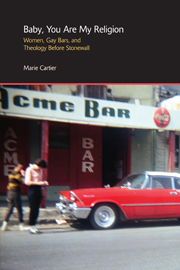Book contents
8 - Theological strands
from Part II - Theological history and contexts
Summary
PROCESS THEOLOGY
God was there in those that fought back.
Process thought identifies God and religion as an interior calling to a new kind of action and personal responsibility within the individual. Alfred North Whitehead's process thought means that the many become one, and are increased by one? This means that many strands of reality come together in one unity. A decision is made and out of that something, often something new, is contributed back to the world.
Christian process theologian Marjorie Suchocki asks what constitutes a religion and how do we differentiate between religions? This is her approach to systematic theology. First we ask who is God and how did this vision of the world with this God come to be (cosmology)? What does God want in this world and what happens when we do what God wants, and what is the reward (eschatology)? What happens when we don't do what God wants (sin)? What does God believe is our salvation (soteriology)? What about the problem of evil in the world—how can a loving God allow evil (theodicy)? This brief explanation begins to elaborate the categories regarding the creation I call theelogy.
Process thought states that in every moment each individual takes everything that has come before and also what is possible from this moment, and creates something new. The spark of God is in every one of us. God is calling on the God-self within us—God versus our God-potential. God is not only outside of us necessarily.
- Type
- Chapter
- Information
- Baby, You Are My ReligionWomen, Gay Bars, and Theology Before Stonewall, pp. 164 - 171Publisher: Acumen PublishingPrint publication year: 2013

